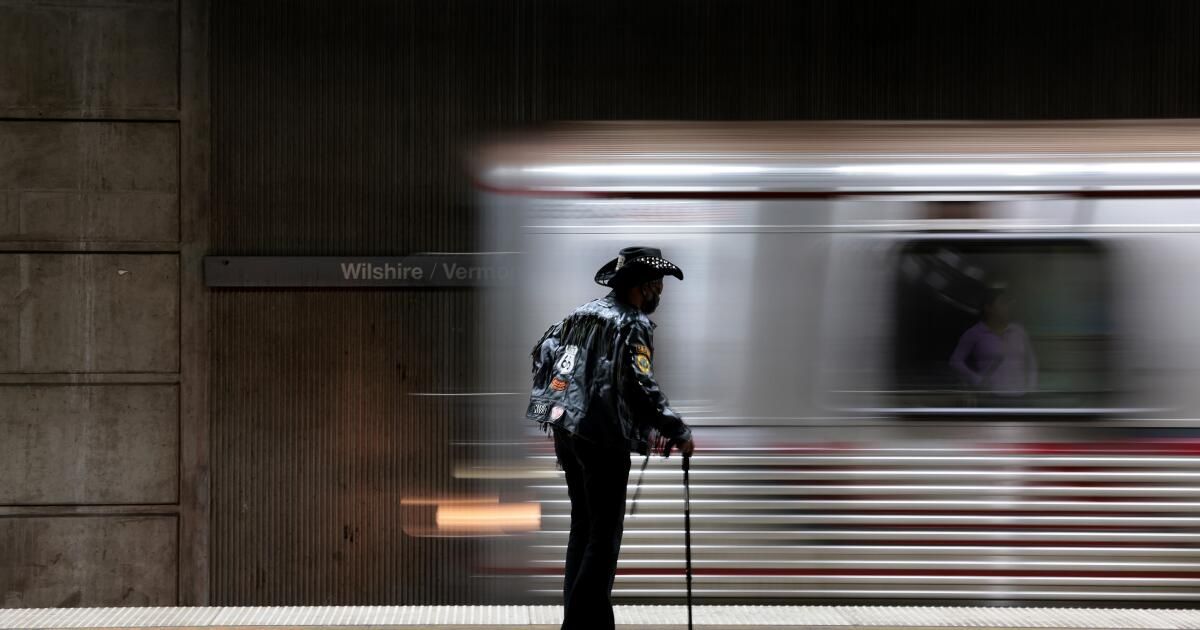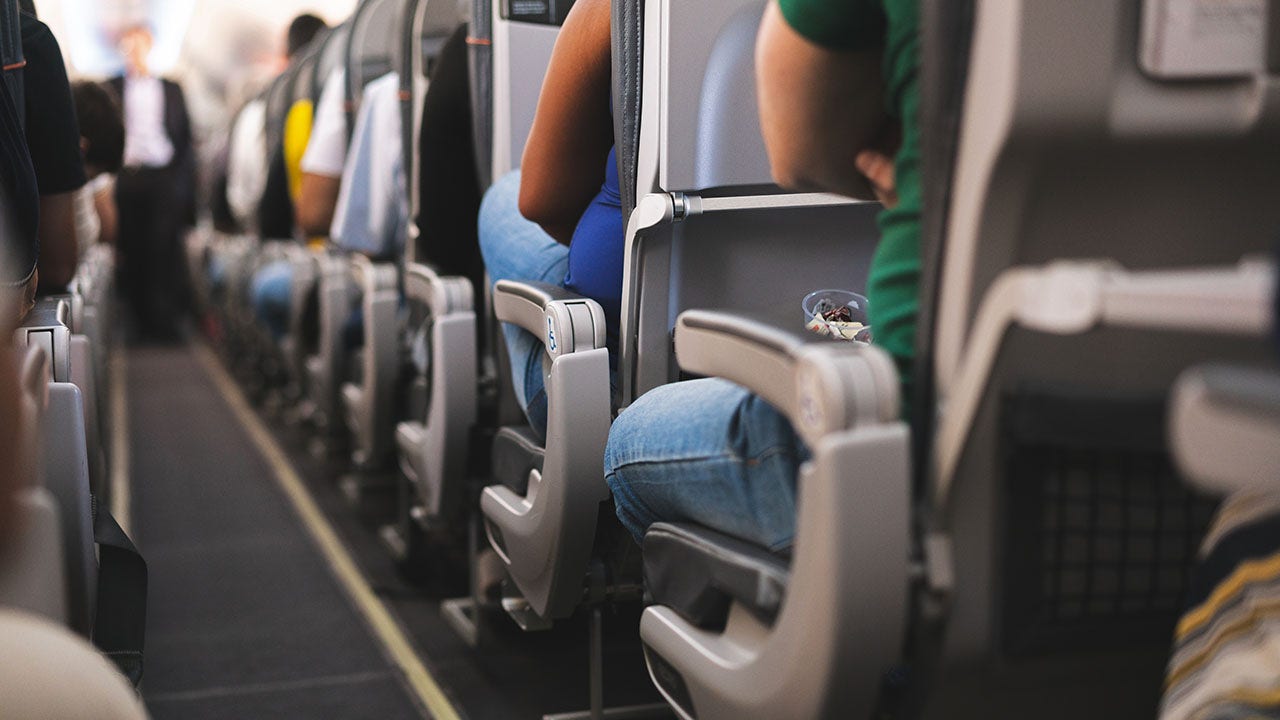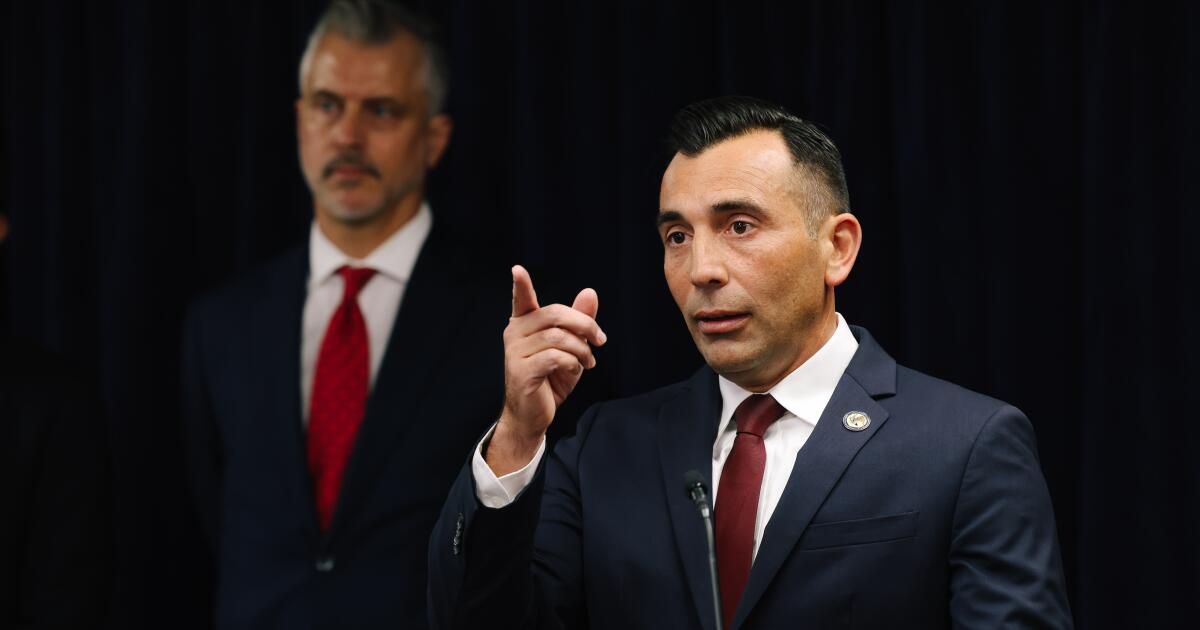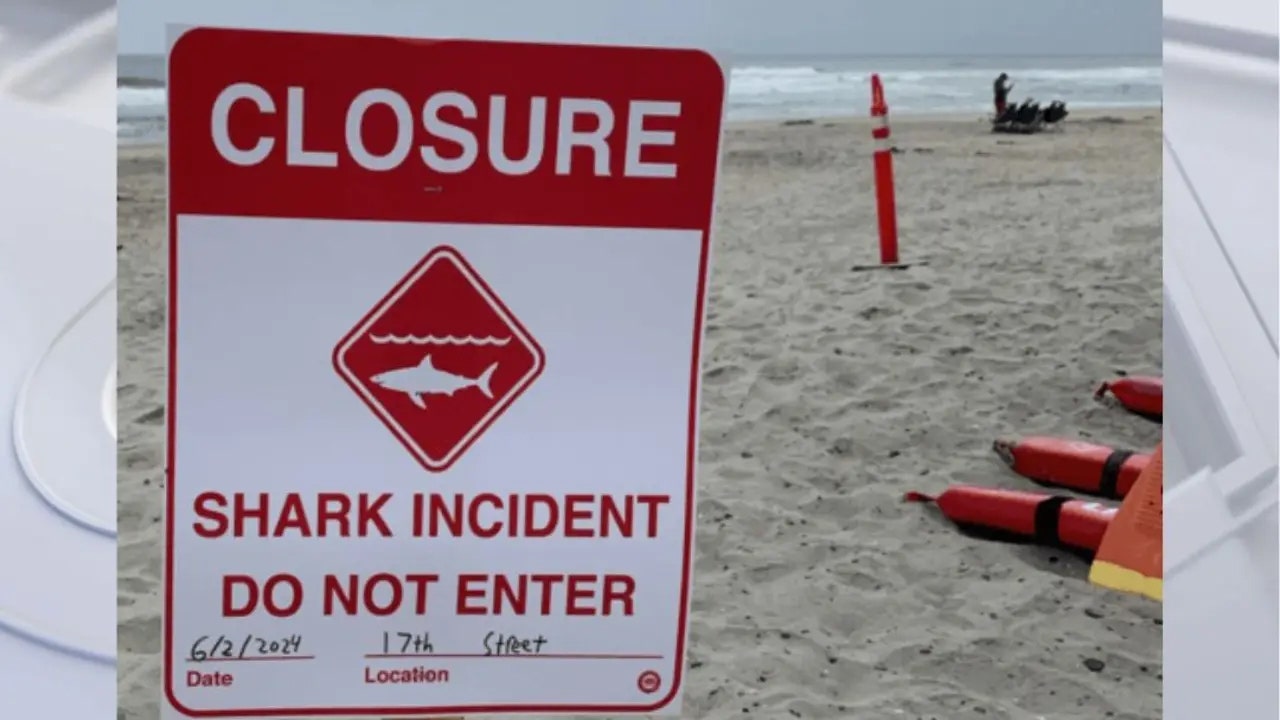Mayor Karen Bass ordered an “increased” law enforcement within the region's hundreds of buses and miles of subway system, saying Metro riders do not feel safe after a series of violent attacks that have disrupted an agency already struggling to improve safety and increase ridership. .
The move by Bass, who heads the board of the Los Angeles County Metropolitan Transportation Authority, marks a significant shift for the agency, which opted not to beef up law enforcement presence to reduce drug use, crime and disruptive behavior. Criticism comes from all sides. Some say the measure is too little, too late, others believe the tactic is doomed to fail and only criminalizes people who have drug addiction, serious mental illness and are homeless.
“The increase in violent crime on Metro that we have seen recently against operators and passengers has been absolutely unacceptable,” Bass said. “We wanted to act immediately because we understand that our number one job is to make Angelenos throughout Los Angeles County feel safe.”
Los Angeles Mayor Karen Bass speaks at a press conference with Metro leaders to introduce a motion to make Metro safer for riders and operators, at Metro headquarters in Los Angeles on May 16, 2024 .
(Christina House/Los Angeles Times)
Pressure has been growing on Metro and Bass as they face an almost daily barrage of new attacks on passengers and drivers. Three people were stabbed in two separate incidents earlier this week. Last month, Mirna Soza, 66, was fatally stabbed on the subway as she returned home from her night shift job and a passenger caught a bus driver asking for help after being stabbed. The list goes on.
“Increased crime threatens to derail our goal of exceeding 1.2 million weekday ridership if we cannot ensure the safety of those who want and need to use the bus and train,” Bass wrote in a motion released today. will vote next week at Metro's board meeting.
The proposal seeks to formalize higher levels of deployment, although Metro or the mayor's office did not say exactly how many agents it involves or for how long. It also directs authorities to “proactively walk through carriages and ride buses” and ensure there are no interruptions in service during shift changes. And their goal is to fix all the dead cell phone service points, so people can report crimes and ask for help.
But critics say more police is not the answer. The costs are too high, eating up large portions of a proposed $9 billion budget, and increased law enforcement has so far not been proven to reduce crime.
“Over the past seven years, Metro spent more than $1.1 billion on law enforcement; Budget allocations for Metro police contracts increase every year, and yet this has not brought us any closer to a nice, safe system,” said Laura Raymond, director of ACT-LA, the Alliance for Community Transportation. The group represents dozens of community groups advocating for free fares, better services and other social justice issues in transportation.
“Metro cannot afford to continue wasting money and time on a failed strategy.”
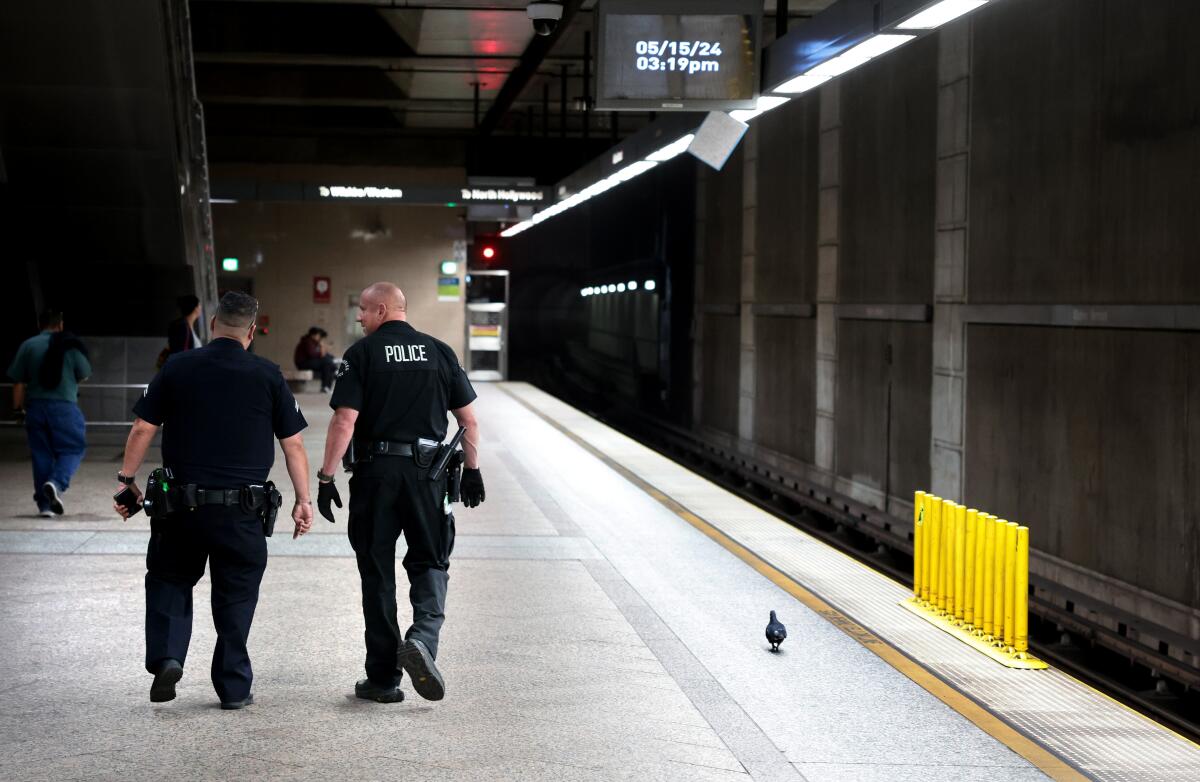
Police officers patrol the Metro Red Line in Los Angeles on Wednesday, May 15, 2024.
(Wally Skalij/Los Angeles Times)
There are approximately 600 uniformed officers from the Los Angeles Police Department, the Los Angeles County Sheriff's Department and the Long Beach Police Department patrolling the system, said Robert Gummer, who oversees Metro security. There are also 200 traffic security officers. It's unclear how Metro will pay for an increase in daily deployment and whether that will mean hiring more Metro staff or hiring more police shifts.
As things stand, Metro faces a 10% increase in the cost of law enforcement in the next budget, without any increase in deployment.
Officials have been debating how to make the system appear more secure, even as ambitious plans are underway for serious expansion. Next week the board is expected to approve environmental clearances that would extend two light rail lines, the C Line further south to Torrance and the E Line east to Whittier.
But many of the system's achievements are overshadowed by waves of crime.
Otherwise, the board's monthly meeting last month might have been more memorable for environmental clearances for the first segment of the Southeast Gateway Line, a 14.5-mile light rail line that runs through the heart of Southeast County. Instead, the board delved into how to prevent crime in a system it is preparing to show off to the world during the 2028 Olympics. The litany of measures the board is now considering includes the feasibility of facial recognition devices and securing doors. of the seasons.
The board has already invested tens of millions of dollars in expanding its ambassador programs, design improvements and homeless outreach. In the last 10 months, it has housed 1,700 people seeking refuge in the system.
For their part, law enforcement agencies have repeatedly defended their work, saying that many of the quality-of-life crimes that plagued the system have decreased in recent months, despite high-profile attacks.
But within the agency there is an uncomfortable relationship with those in uniform.
Former security chief Gina Osborn and the union representing train drivers and operators have advocated for Metro to create its own dedicated police force. And the 13-member board, made up of the Los Angeles County Board of Supervisors, Mayor Bass, her three appointees and regional representatives, has asked staff to investigate whether it's feasible.
“Bringing more uniformed bodies onto the platform will not increase security in the system if there is no uniformed presence,” Osborn said.
Outside law enforcement “has no ownership in the system,” he said. “Why aren't they investing in traffic safety officers who can actually establish order in the system?”
Osborn says she was fired in March after reporting to the agency inspector general that contracted law enforcement officers did not show up for work, leaving a light rail station in Santa Monica without any protection.
Adding more security may work for a month or two, he said, but after the officers are gone, the problem returns.
Times staff writer David Zahniser contributed to this report.

